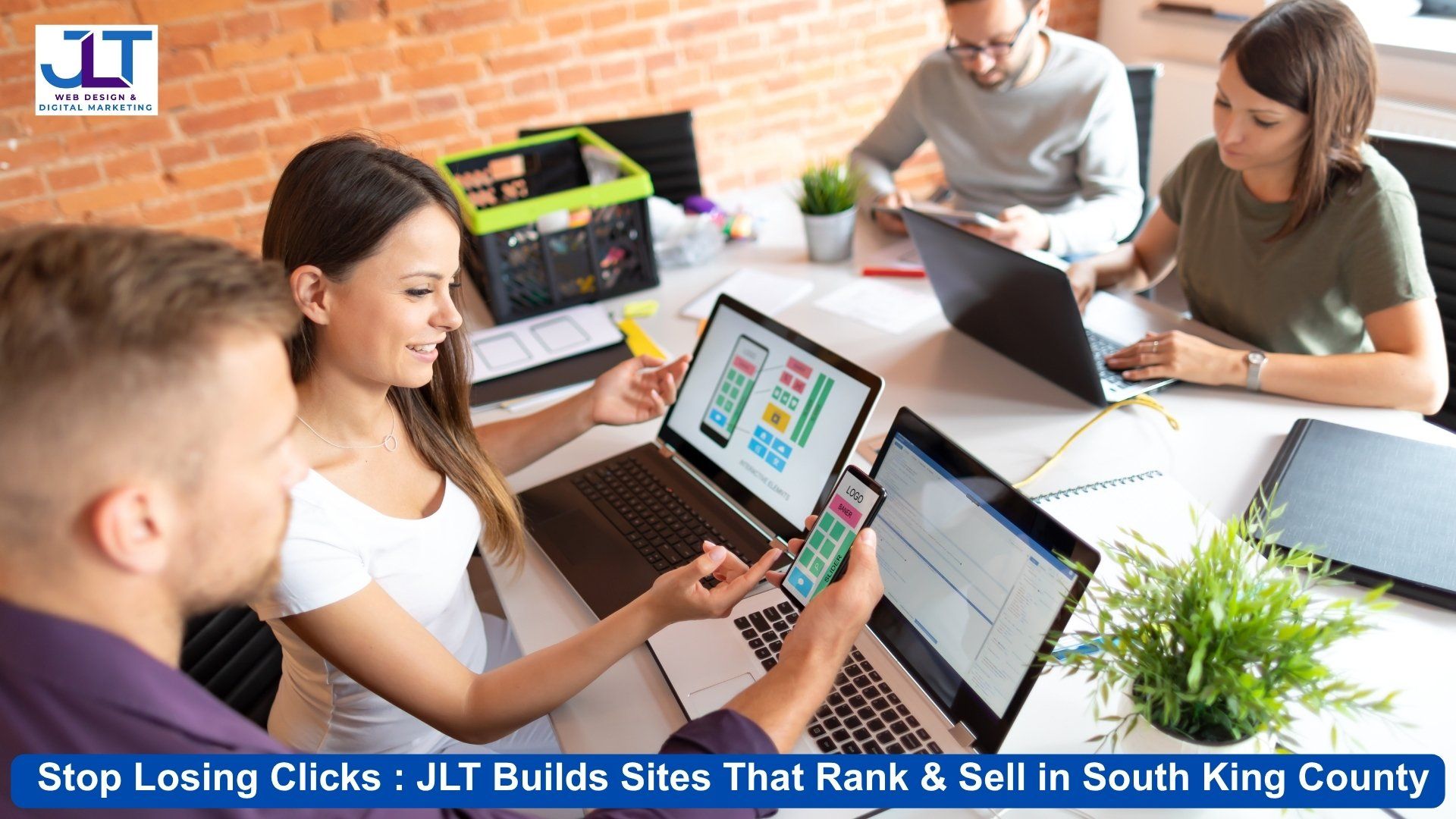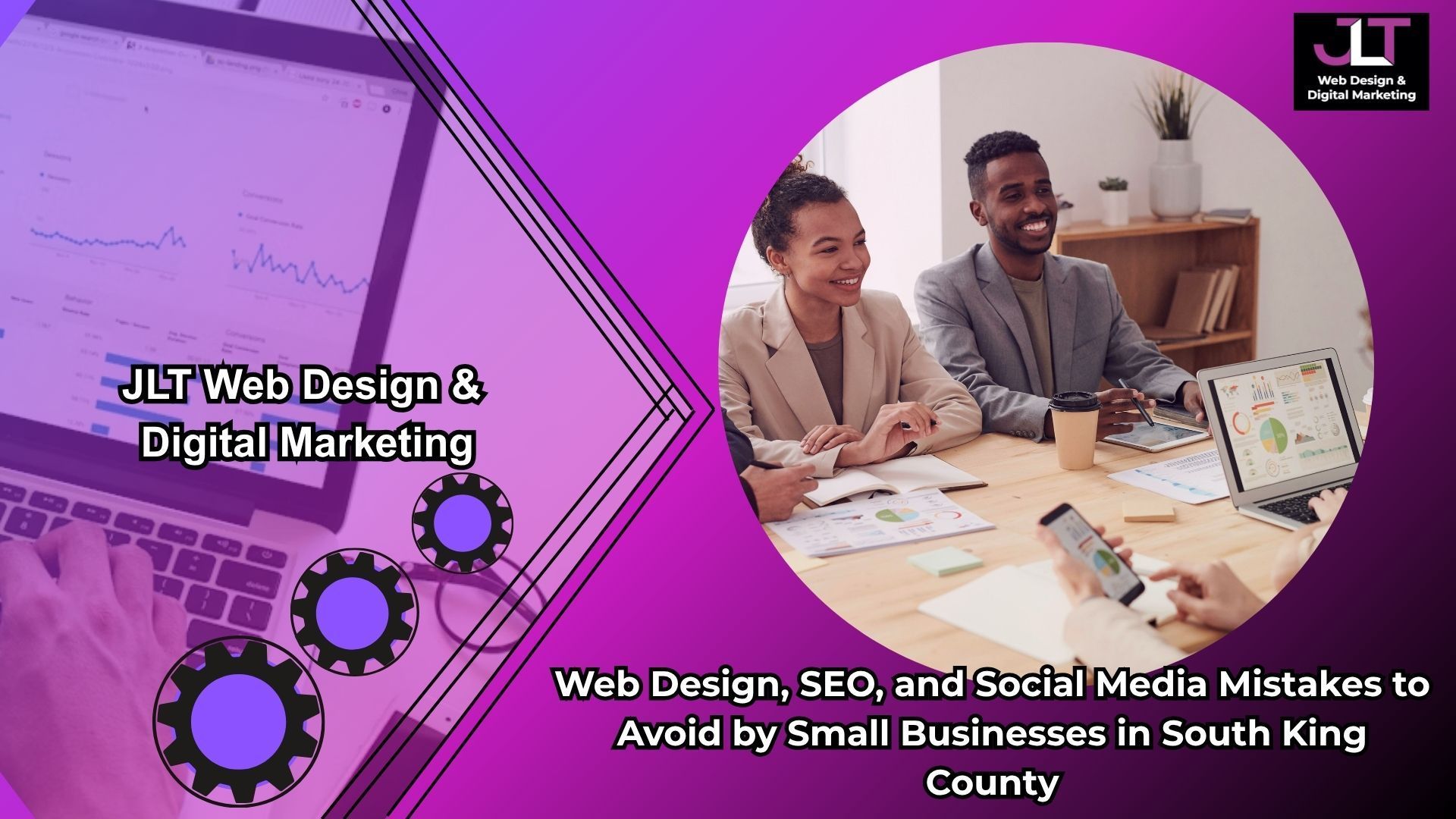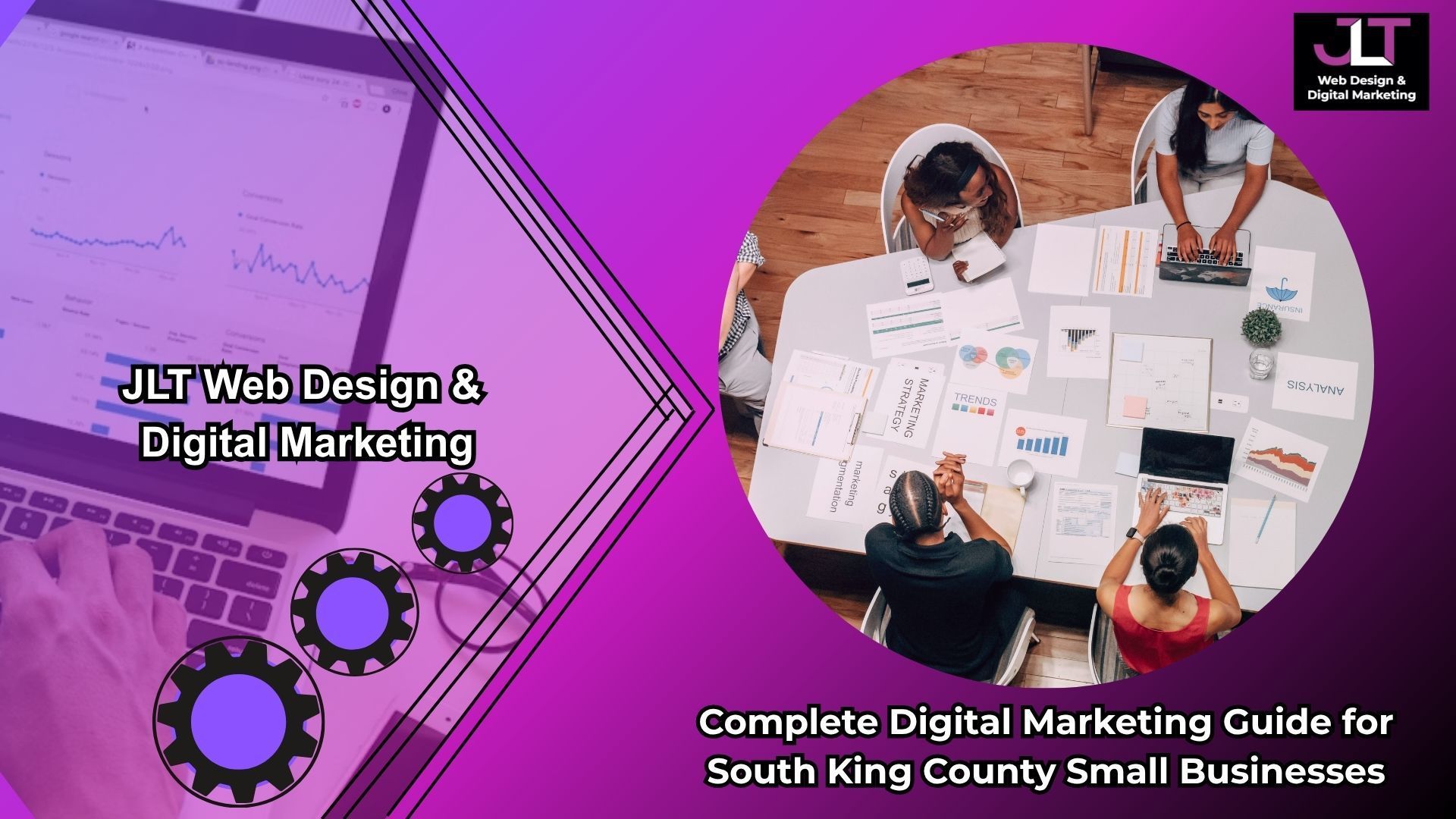Proven steps to make your website accessible for all
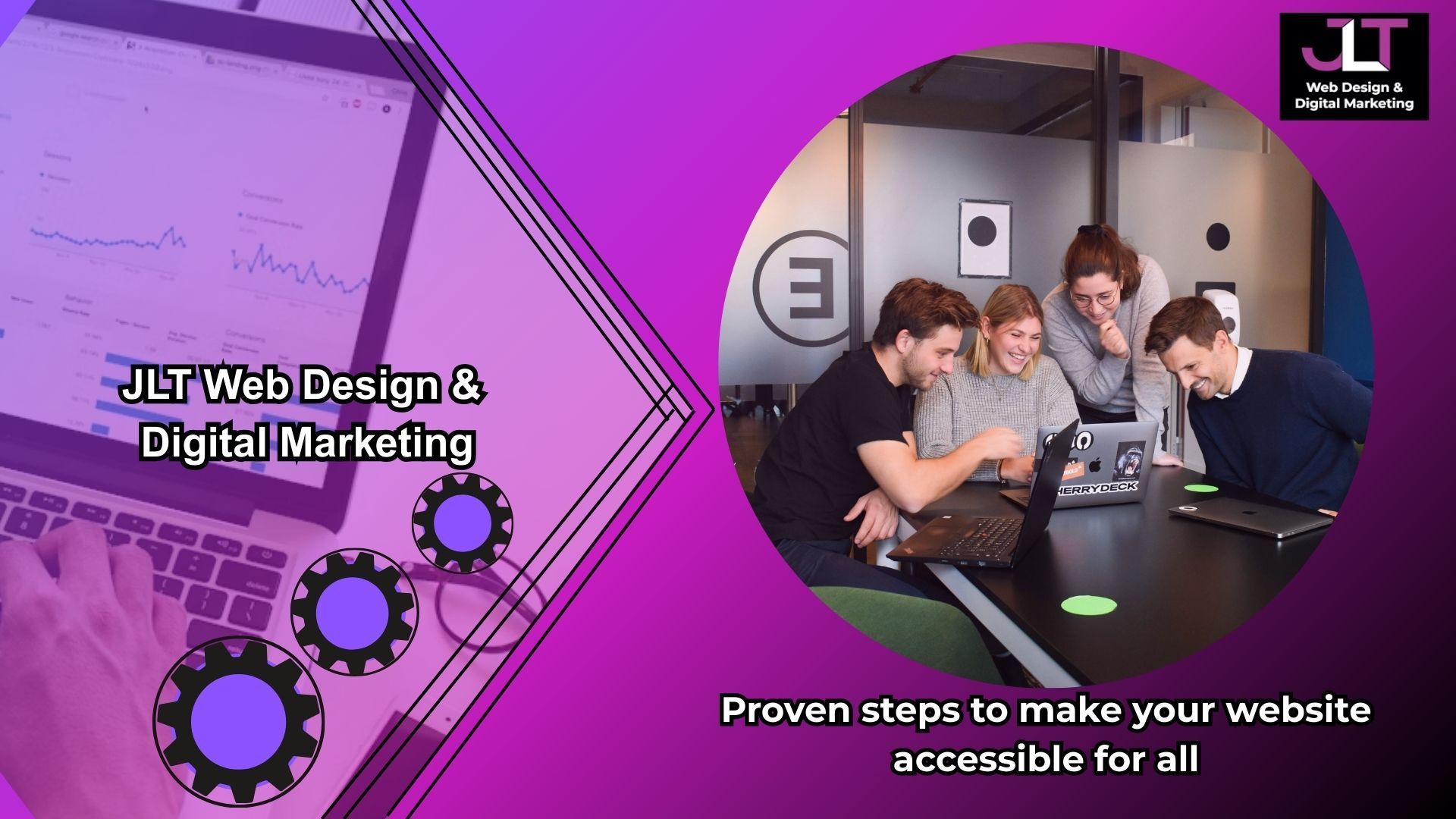
Making your website accessible ensures that everyone, including people with disabilities, can use your site effectively and effortlessly. For business owners in Kent, WA, accessible design is not just a legal requirement under accessibility laws such as ADA and Section 508 standards it also improves user experience, SEO rankings, and ultimately, your bottom line.
Steps to make your website accessible for all users
Creating an accessible website involves several key steps that align with best practices and regulatory standards:
- Implement Keyboard Navigation
Ensure users can navigate your site using the keyboard alone. This includes logical tab order navigation and visible focus indicators.
- Use Semantic HTML and ARIA Labels
Structure your content with proper heading hierarchy and use ARIA attributes to improve screen reader compatibility.
- Optimize Color Contrast and Visual Design
Use sufficient color contrast to accommodate users with color blindness or low vision, and offer options like high contrast mode.
- Provide Alt Text for Images
Write descriptive alt text for all images to help screen readers convey important visual content.
- Ensure Accessible Forms
Label form fields clearly, provide error messages, and design forms for easy keyboard and screen reader use.
- Create Skip Navigation Links and Landmarks
Add “skip-to-content” links to bypass repetitive navigation and use landmarks for clear accessible layout.
- Include Captions and Transcripts for Media
Provide captions for videos and transcripts for audio to support users with hearing impairments.
- Test Using Accessibility Tools
Regularly run your website through free accessibility audit tools and conduct usability testing to catch and fix issues early.
WCAG guidelines explained for non-technical business owners
The Web Content Accessibility Guidelines (WCAG) 2.1 provide an internationally recognized standard for website accessibility. They focus on four principles:
- Perceivable: Information must be presented in ways users can perceive (visual, audio).
- Operable: Users must be able to navigate and operate site elements.
- Understandable: Content and interface must be clear and easy to understand.
- Robust: Content must work across devices and assistive technologies.
For Kent-based businesses, understanding WCAG doesn’t require technical expertise; it’s about ensuring your website follows a checklist of practical steps that align with these principles.
How accessibility compliance benefits SEO rankings
Accessibility and SEO work hand in hand. Implementing accessible design can improve your site’s search engine visibility through:
- Improved Semantic HTML Usage: Structured content helps search engines understand your site better.
- Alt Text for Images: Helps search engines index image content.
- Better Usability and Lower Bounce Rates: Accessible sites keep visitors engaged longer.
- Voice Search Optimization: Accessibility features like clear headings and plain language help optimize for voice search queries.
- Mobile-Friendly Design: Accessibility best practices overlap with responsive web design, a critical Google ranking factor.
For Kent businesses running Google Ads, an accessible landing page can reduce bounce rates and increase conversions, directly supporting your ad campaign ROI.
Why this matters for JLT Web Design & Digital Marketing clients
- An accessible website is not just a legal requirement but a strategic advantage that broadens your audience, including people with disabilities a significant and often underserved market segment.
- Accessible design improves overall user experience, leading to longer site visits, lower bounce rates, and higher conversion rates.
- Accessibility best practices like semantic HTML, alt text, and keyboard navigation directly enhance your site’s SEO performance and search engine visibility.
- The combination of accessibility and SEO optimization supports more effective digital marketing campaigns with increased qualified leads.
- Compliance with ADA and WCAG 2.1 standards is becoming crucial to avoid legal risks and to build trust and credibility with all users.
- JLT seamlessly integrates accessibility standards into web design and marketing strategies to create sites that are inclusive, competitive, and future-proof.
- Partnering with JLT means prioritizing inclusive design as a core element of your online success, fostering responsible and sustainable brand growth.
Frequently Asked Questions
What are some free accessibility audit tools I can use?
Tools like WAVE, Axe, and Google Lighthouse offer comprehensive reports on accessibility issues and provide actionable recommendations.
How does accessible content improve SEO?
Accessible content uses clear headings, alt text, and structured data that search engines prefer, improving crawling and indexing.
Can accessibility compliance impact mobile website performance?
Yes, many accessibility practices overlap with responsive and mobile-friendly design principles, improving usability on all devices.
Boost your business with a fast, modern, and SEO-friendly website.
JLT Web Design & Digital Marketing makes it easy!
📞
Call : 206-429-4621
📧
Email :
info@jltwebsolutions.com
🌍
Get Your Free Consultation
Let’s build your success online start today!
Follow and Like Us



